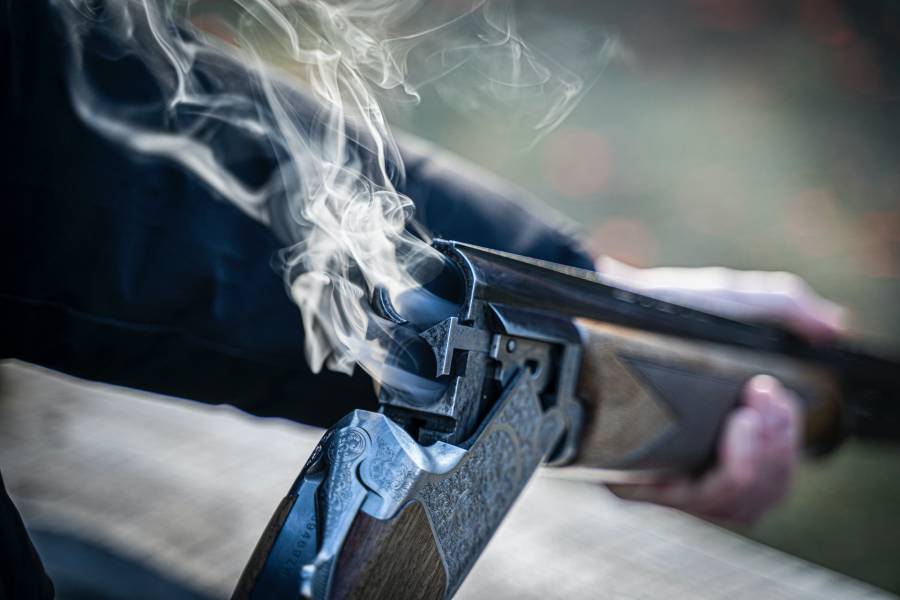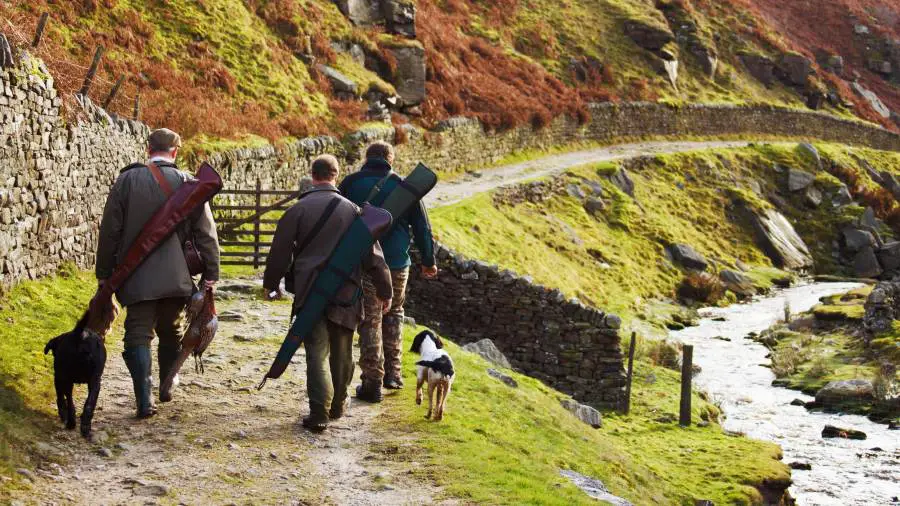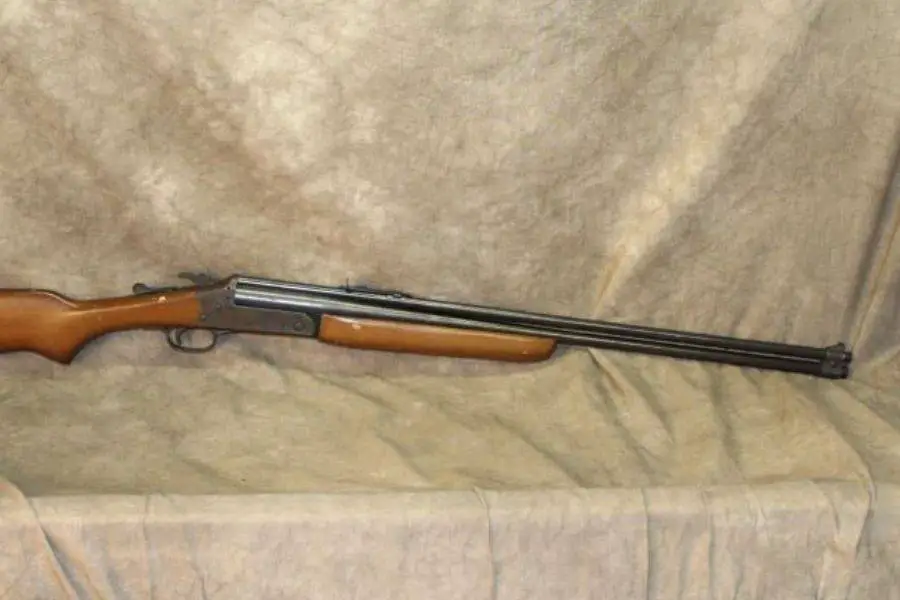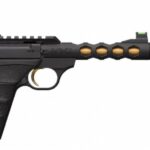Table of Contents
It was the Browning Superposed that brought under/over guns to light. From it came pieces like the 425, 525, and 625 found in many parts of the world.
They may have some differences in the shape/style of the word, engravings, and other features, but their working components are similar.
Today, we enjoy the most extensive variations of these shotguns. Read on to discover the different Browning Citori models.
Hopefully, you will find one that meets your needs.

Browning Citori Model Differences In Detail
After releasing the Superposed, Browning released the Citori as a cheaper alternative. But you get so much more from the guns.
The piece comes with a great design and solid performance like no other. The guns can easily be among the top players – and they are.
All Citoris come as over-under, break-action shotguns. They are loaded with incredible mechanical niceties.
Besides, each piece comes with a gold-plated single-selective trigger and a manual tang safety with a barrel selector.
Citori models are represented mainly by the manufacturer’s dates and their application. The earliest model was the ‘Hunter,’ followed by many others we shall see here.
Let’s dive into the differences between Browning Citori Models.
Browning Citori Models Difference Based On Application
The best way to differentiate Browning Citori is to consider how they should be used. Each gun is designed for a specific purpose, which makes them unique.
Here is how the guns differ based on their applications:
Lightning Vs. Field Models
When talking about differences in Citori models, the Lightning models and Field Models stand out more. The most common Field was the 525.
The Lightning pieces looked more like the 60s’ Superposed. Perhaps that’s the reason it achieved some of the highest sales numbers.
The classic design O-Us were crafted in all bore sizes and with slim forearms. Their grip is designed in the Prince of Wales style.
Stocks on the guns feature a gloss finish and excellent checkering. The receivers bear modest engraving.
The hammer-blow ejectors amplify this feature for the positive removal of the used case.
The only variation is that earlier versions did not have the investor choke tubes. Most Lightning today do.
The 1995 12 and 20 gauges had the Investor Plus as a standard feature.
The 525 is another category that brings the Browning Citori model differences out.
This model is also in the Field category, featuring Field, Field Grade III, and Feather versions.
The Citori 525 guns come with a silver-nitride receiver bearing different engravings. Each version seems to have a different story worth telling.
The guns also featured 26- or 28-inch unported barrels with flush-fitting Investor Plus choke tubes.
Guns in the Field and Feather came in all gauges. On the other hand, the Field Grade III only came in 12-gauge.
All guns, save for the 28-gauge bore 3-inch chambers. They also had ventilated ribs with forward-facing posts.
It makes the primary Citori difference for the model.
Oil furnishing on the buttstocks sets these guns. They also had a European comb and large pistol grip.
There was a Schnabel beak on the forearm.
Grade III Citoris in this category is made from Grade III/IV wood. They have many engraving too.
One of the main features of the Feathers was their lightweight.
Citori For Hunters Vs. Citori For Sporters
The first category of Browning Citori guns is Hunting guns. These models introduced Browning firmly as a reliable manufacturer of O/U shotguns.
They compare perfectly with the Sporters. And that’s the reason we have put them together.
The Hunting models are truly unique pieces for targeting. The guns were offered in all gauges.
They also came with the .410 bore.
These Hunting Models come in six preliminary versions. These include the 12 and 20 gauges and the .410 bore, which featured a 3-inch chamber.
Then there were the 16 and 28 gauges, which came with 2 ¾-inch chambers.
Hunters were also available in Grades I to VI. There were no “Grade IV” Hunters, though.
Pieces like the Hunting Magnum, Sporting Hunter, and the Satin Hunter came chambered for the 12-gauge 3 ½ -inch Magnum shell.
Superlight Citori came with all gauge bearing 2 ¾- chambers. They were also available in .410 with a 3-inch chamber.

Some models had investor chokes based on the gauge, while others missed it. It does not make a very different Browning Citori, though.
Grades included I, III, V, and VI. A 20-gauge model was carrying false side plates.
All guns were represented in the Sporter category, except the 16. The chambers were lengthened to 3-inches, except for the gauge 28.
The stocks of these guns featured straight grips and Schnabel forearms. It came in grades I, II, and V.
Hence, the main difference between these two models is the stocks and perhaps the lack of some grades on the Sporter. Generally, they are pretty similar.
Special models Vs. Modern Citori
If you are a clay target shorter, there is something for you in the Citori collection. These guns compare perfectly with modern pieces.
There are unique models for skeet, trap, and sporting clays.
Special Skeet comes in Grades I, II, III, and V. Then there is the XS Skeet and the 725 Skeet.
And for the game, the Special, a meat-and-potatoes gun was produced. But these guns were discontinued at the turn of the century.
Grade V pieces came in 16 gauge. It bore deluxe wood, gold inlays, a high-post target rib, and choke tubes (Investor Plus).
They were also discontinued after a while.
Since sporting clays is super popular, Browning has designed a Citori for every need. Several guns play dual roles too.
For example, the Grade I Special Sporting comes in 12 gauge, with 28, 30, and 32-inch barrels. You can use it for a wide range of applications.
Browning develops new guns all the time. A good example is the Field Sporting Grade I Citori comes in bird blasting and clay busting options.
It has the White Lightning, CX, and CX Micro specs, fit for a wide range of shooters.
There is also the CTX Crossover as a new player.
It shows how the company has always listened to consumers, offering targeted solutions in every different Browning Citori.
Citori Model Differences Based On The Date Of Manufacturer, Grades, And Types
Another way to differentiate Browning Citori guns is by their date of manufacture and grading. Here are the differences.
| Date of manufacture | Grades and types |
|
|
Conclusion
The Citori guns are smoother and more affordable compared to other O/U guns. They also operated much better, which makes them more popular.
We have discussed various Citori models based on specific features. This guide should be beneficial for a shooter who may not know what they want.
The guns will break clays and kill birds with ease.




